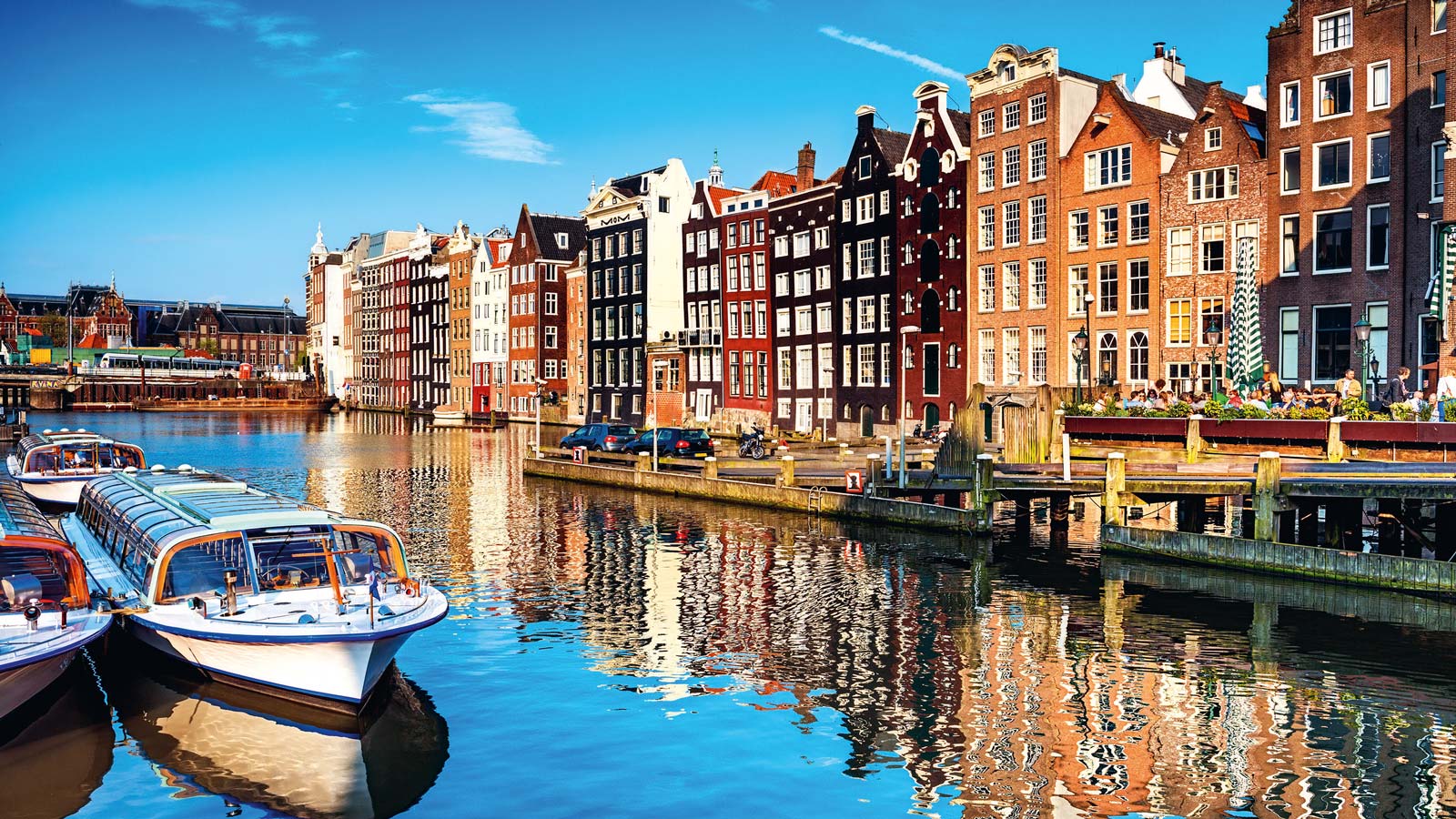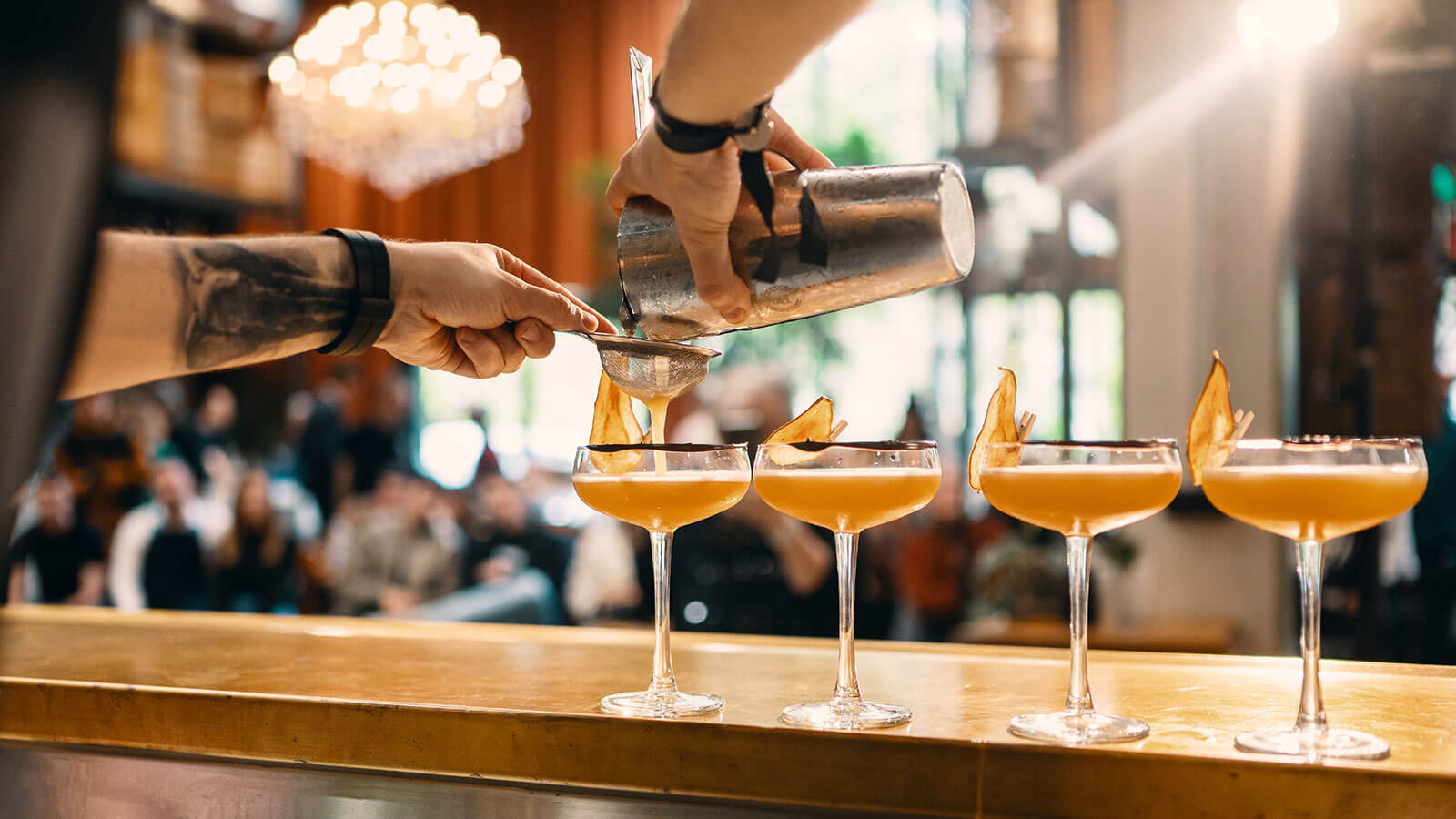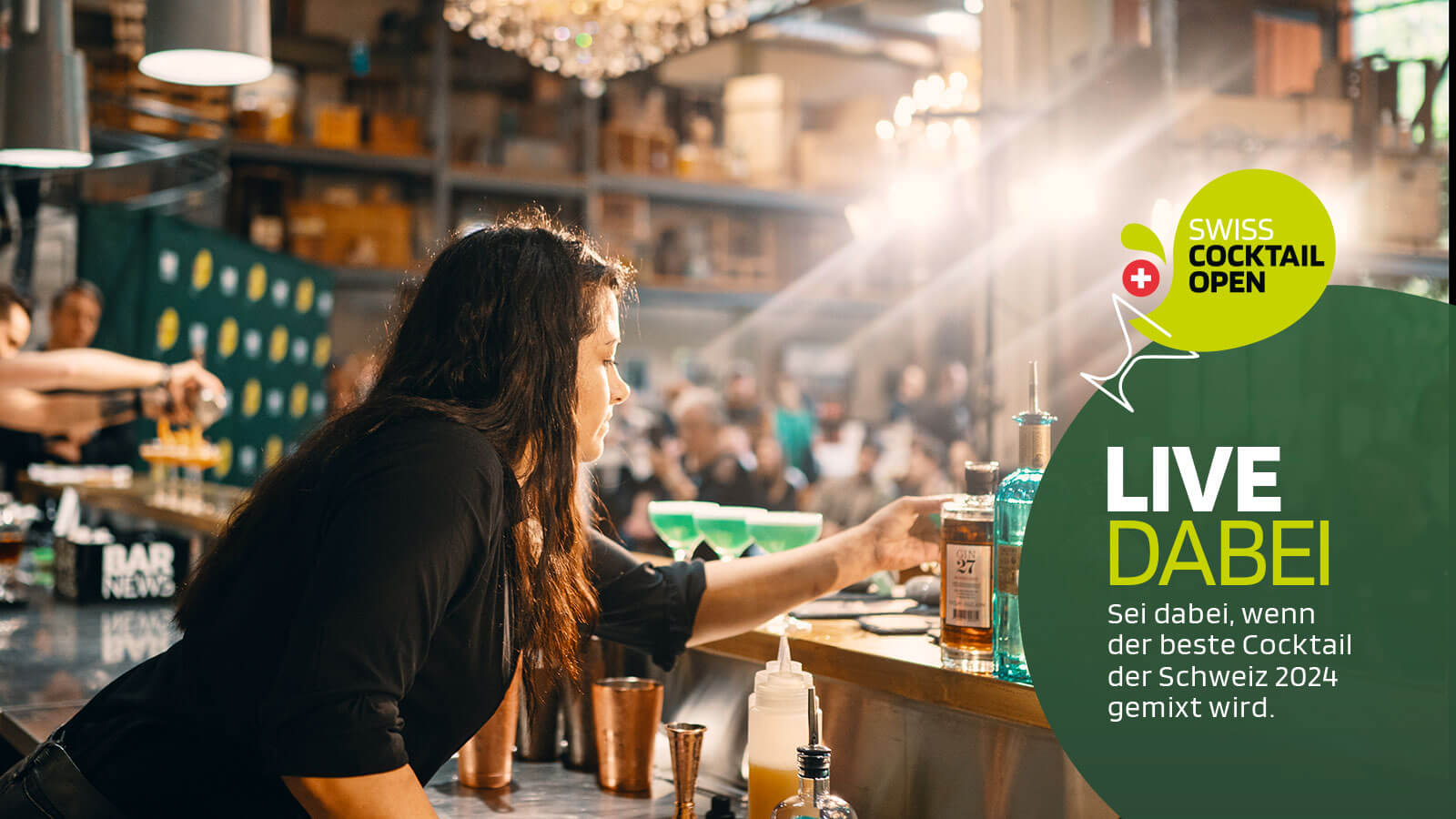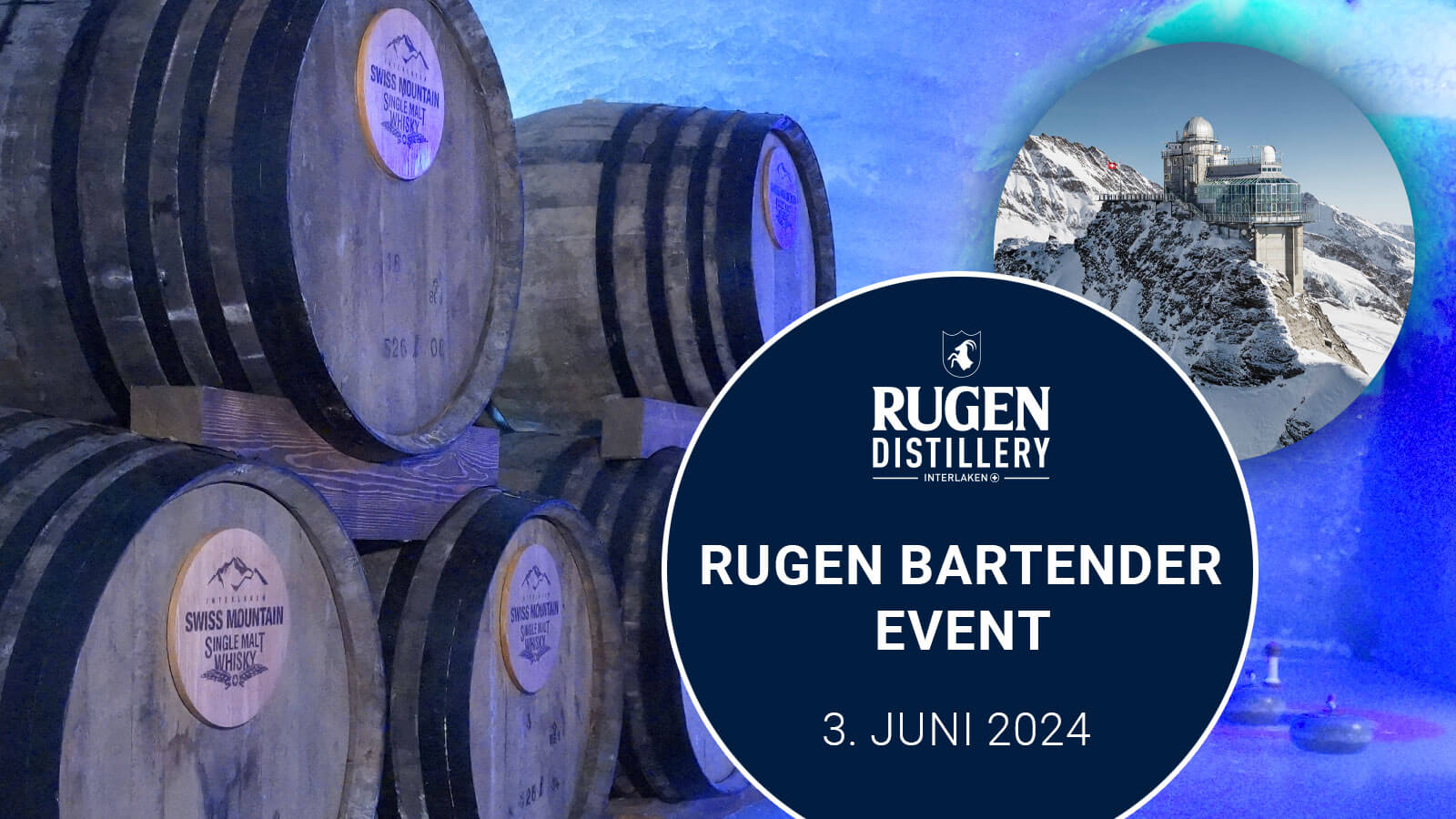Jenever, Genièvre or also Genever (used hereafter as a substitute) is historically older than the gin that is so popular today and belongs to the spirits with juniper according to the European spirits regulation. Today, jenever (jenever/genever/genièvre) has its own EU AOC (Appellation d'origine contrôlée), a protected designation of origin.
It states that jenever may only be produced in the Netherlands and Belgium, certain regions of France and in the two German states of Lower Saxony and North Rhine-Westphalia. Recognised for its historical and cultural contribution, the European Union protected jenever with 11 appellations or AOCs. The exception is the production of Graan Jenever, Genièvre de grains and Graan Genever, which is only permitted in the Netherlands, Belgium and the French regions of Nord and Pas-de-Calais.
"Genever is considered one of the oldest spirits in the world."
All types of genever today must have a minimum alcohol content of 30% by volume according to the EU spirits regulation; however, most of the genever available today has an alcohol content of at least 35% by volume or higher.
Genever is considered one of the oldest spirits in the world. It probably originated in the 15th century as a medicine for stomach problems, although there are already references that suggest the use of juniper in the 13th century. Juniper and herbs in alcohol were supposed to have a calming effect.
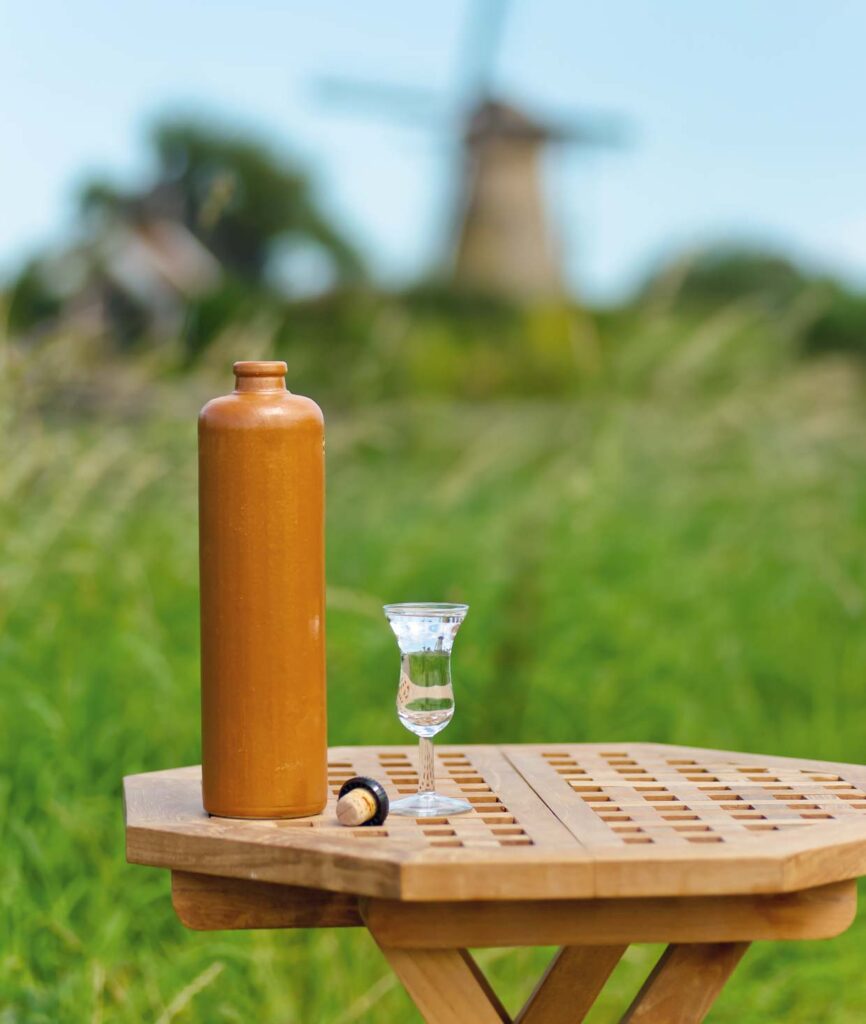
As early as 1575, the first jenever distillery was started by Lucas Bols on the outskirts of Amsterdam. Soon after, there were numerous distilleries in the port cities of Schiedam and Dordrecht, where the spice-laden ships from the East Indies also docked. The Thirty Years' War in the 17th century caused it to spread westwards, when Dutch soldiers took it with them to the battlefields against the Spanish and acquired the infamous "Dutch Courage".
With William of Orange-Nassau, King of the Netherlands on the British throne, genever, now abbreviated to gin, began its successful triumphal march in Great Britain from the end of the 17th century. Nevertheless, both spirits continued to develop in different ways in parallel.
What is the difference between gin and genever?
As with gin, a neutral alcohol also plays an important role in genever. This grain distillate for the genever results from the following production process: The grain used (wheat, rye, barley, maize, oats, buckwheat and triticale are permitted) is coarsely ground.
The resulting grist is brewed to obtain a mixture, which is heated to obtain the so-called wort. Enzymes may be added to facilitate the saccharification of the starch. This wort is fermented naturally, but may also be fermented by inoculation with the help of cultured yeasts.
The fermented wort is then distilled in single or multiple batch distillation with reflux or a column distillation process.
The resulting alcohol is flavoured by maceration of juniper (Juniperus communis L.) or 'prickly' juniper berries (Juniperus oxycedrus L.). If necessary, it can be flavoured with other aromatic plants or a distillate of these, provided they do not impart a dominant characteristic over the juniper berries.
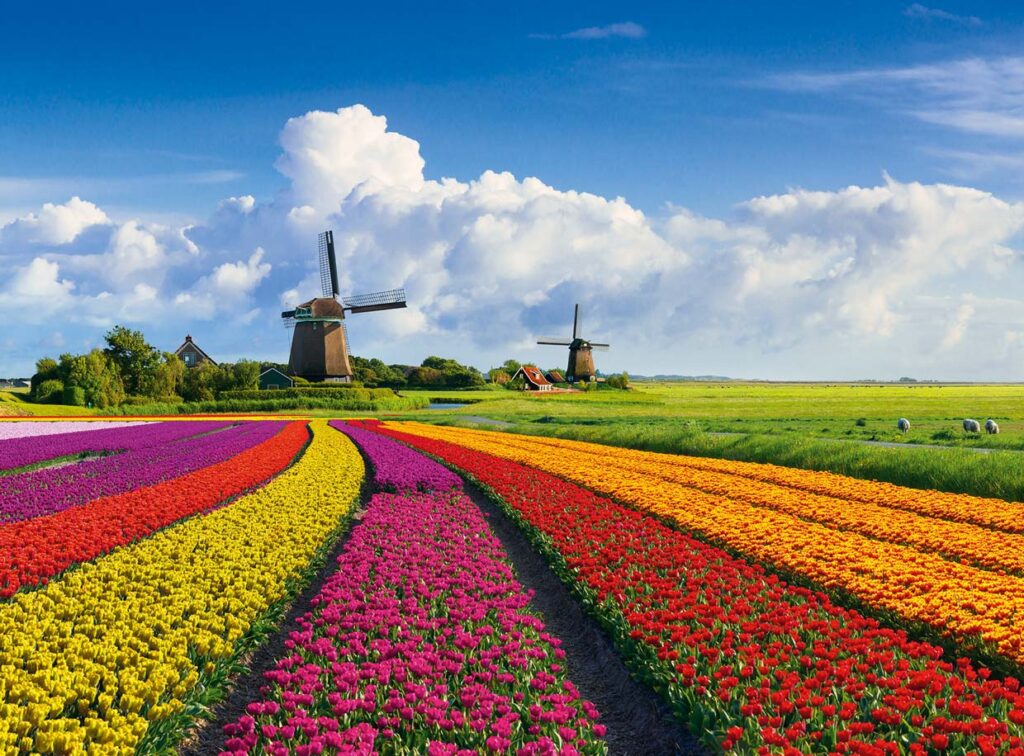
Subsequently, it can be matured or stored in wooden barrels. For rounding off, jenever may be sweetened or tinted with colouring. Sweetening is limited to the final flavour addition (rounding) in the final product and may be less than 20 g of sugar (invert sugar) per litre.
A colouring of the liquid can only be adjusted with simple caramel (E150a). In jenever, a spirit based on malted grain (moutwijn; malt wine) is also an important ingredient. Moutwijn is mixed with the flavoured neutral alcohol. Accordingly, there are different categories of genever, depending on the proportion of moutwijn.
The original form of the Genever
For the original type of genever, a mash of rye or barley malt was first distilled at the beginning of the 17th century. The result of several distillation processes is the moutwijn (malt wine) still known today. This is stored for up to three years in an oak barrel before being further processed into jenever.
Originally, only the malt wine was macerated with juniper, hops and other herbs and spices to mask the taste of the tart alcoholic fusel oils from the impure distillation that were still quite prevalent at the time.
But "Oude" does not stand for age or storage. "Old" here is not the jenever, but the recipe.
This flavour was maintained, but the distillation and flavouring processes improved and changed. The resulting three main types are still as follows today:
Oude Genever: This genever, produced according to the "old" recipe, is based on the original in its production. It must have a minimum content of 15 % malt wine and can contain a maximum of 20 g sugar per litre and caramel (E150a) as a colourant. The flavouring takes place directly in the Moutwijn. Afterwards, pure malt wine is added again. However, "Oude" does not stand for age or storage. "Old" here is not the jenever, but the recipe. These "oude jenevers" often have a more intense malt aroma, smoky and woody notes and a soft, round sweetness.
Jonge Genever: The "young" Genever is a more recent production variant and often refers to a clear, colourless Genever. However, this variant may also be matured. In this variant, the malt wine is blended with an aromatised agricultural alcohol (similar to gin). The process only became established during the Second World War, when grain for the production of spirits became scarce. At that time, molasses from sugar beet production could also be used for the neutral alcohol. The "young" recipe has a proportion of between 1.5 % and a maximum of 15 % malt wine and a maximum of 10 g sugar. This makes its taste rather dry and neutral, with a slight juniper aroma.
Korenwijn (also Corenwijn or grain wine): This type has the highest proportion of Moutwijn with at least 51% and also a higher alcohol content with at least 38% by volume. Moutwijn is complemented by grain brandy, which has been flavoured with juniper and herbs. An addition of up to 20 g of sugar per litre and colouring with caramel (E150a) is permitted. It is also usually allowed to mature for a few years in oak barrels (maximum 700 litres), which can often be seen in the colour. Korenwijn is often confused with Graan Jenever, which is named after the exclusive use of barley to produce the distillate.
Generally speaking, jenever, like gin, does not have to be stored for maturation by law. Distilleries are free to do so. If they do, however, it must be stored for at least one year in barrels of less than 700 litres. So genever is more than just the precursor of today's gin.
Its diversity of variations due to the different recipes and maturations and the influences of the regions in which it is produced guarantee an interesting taste experience if you take the trouble to taste the available genever intensively side by side.
In addition, there is the use in liqueurs, e.g. the Bessen Genever liqueur (redcurrant liqueur based on Jonge Genever); this shows the diversity of this often underestimated category.
Even though gin derives its origin from it, both categories - gin and genever - have developed very differently and further developed their independence.

